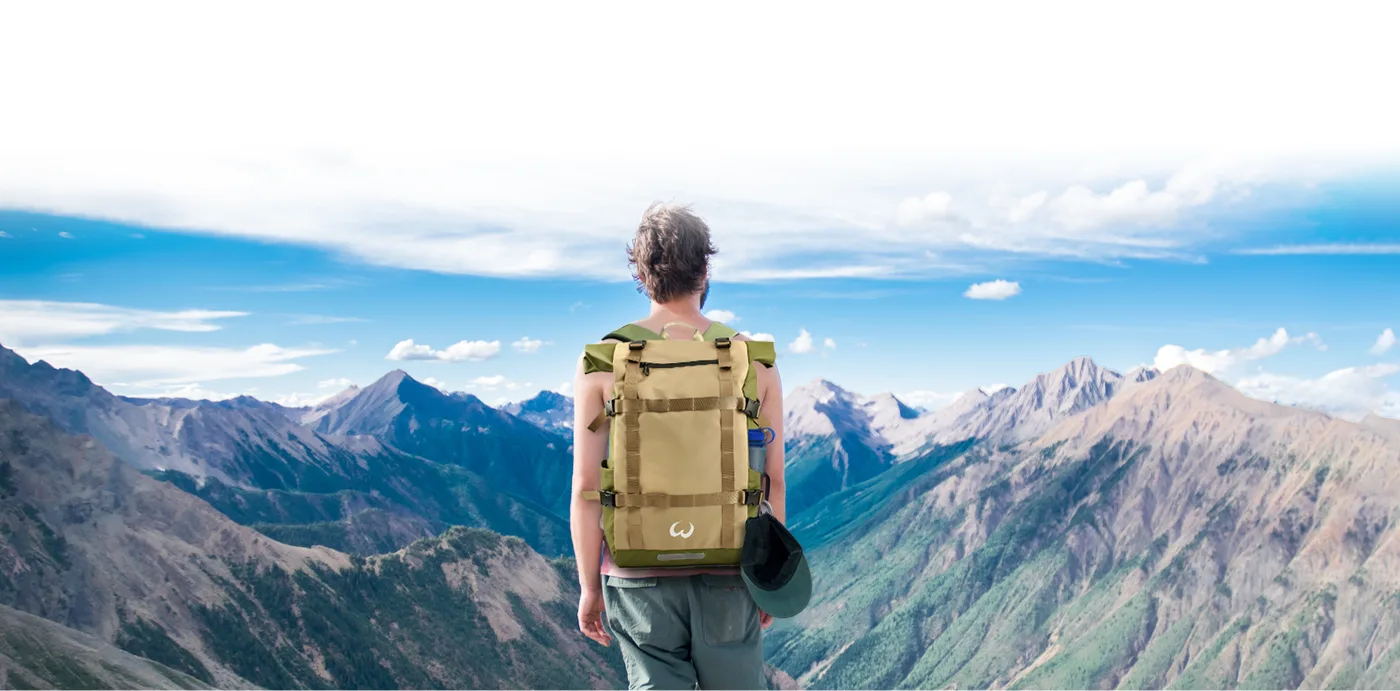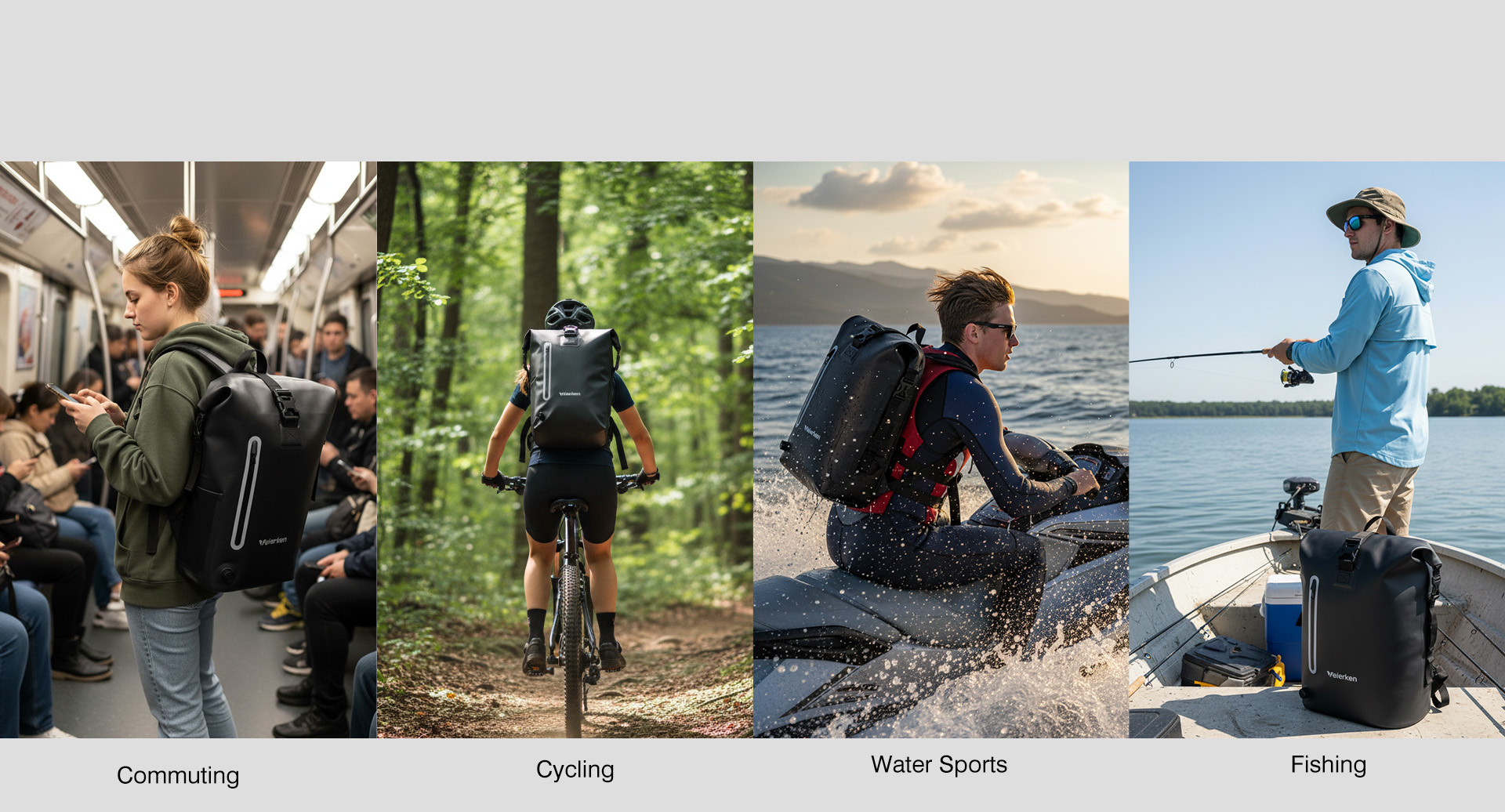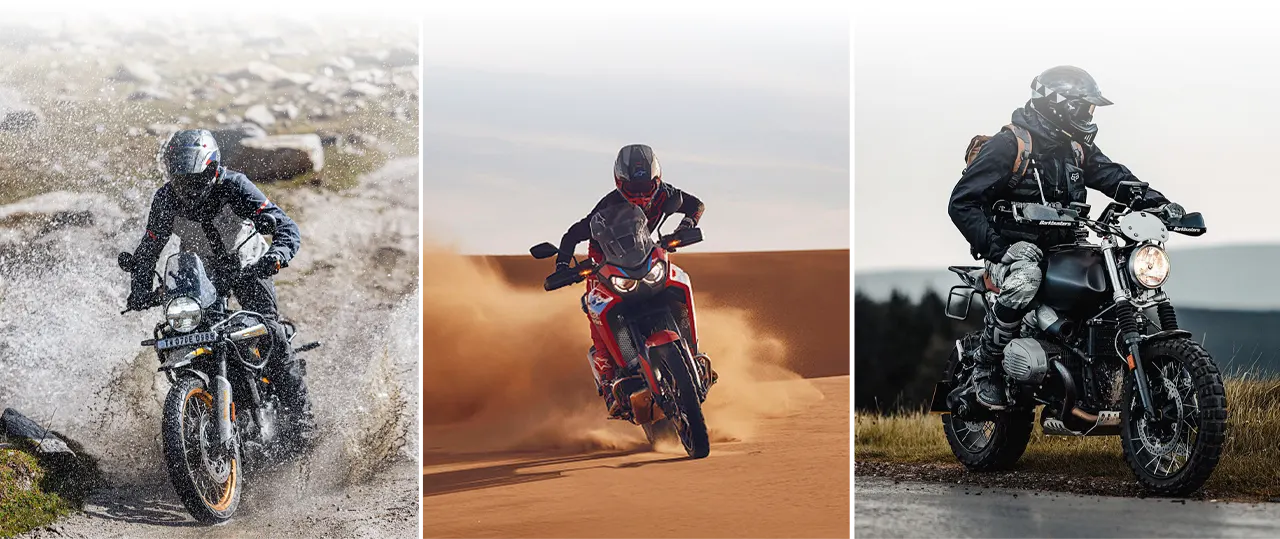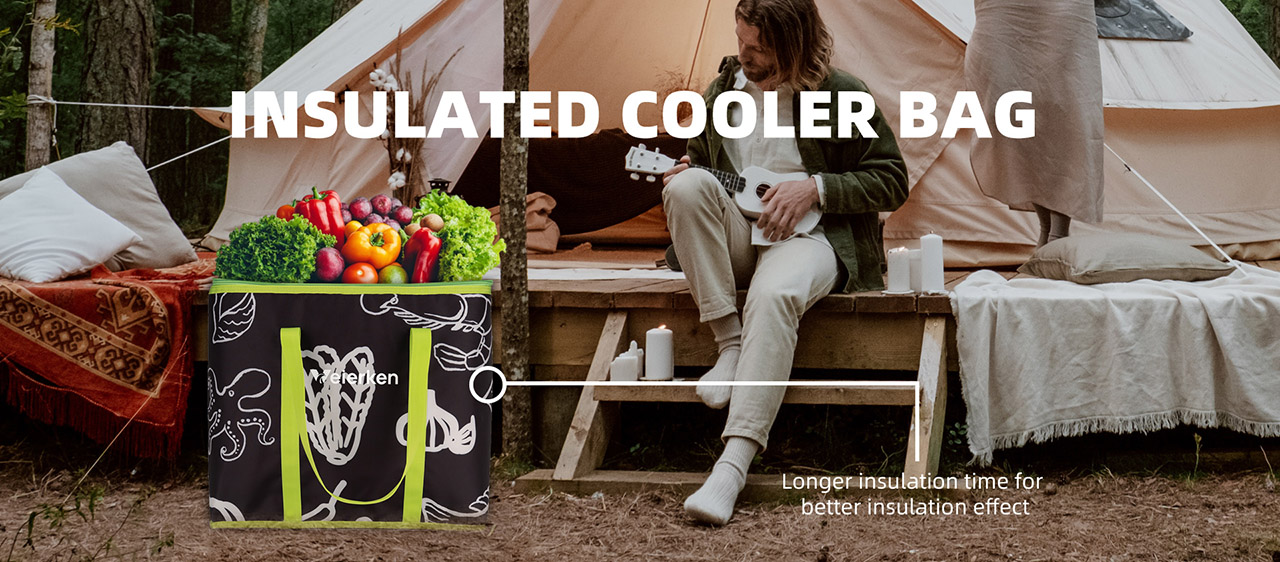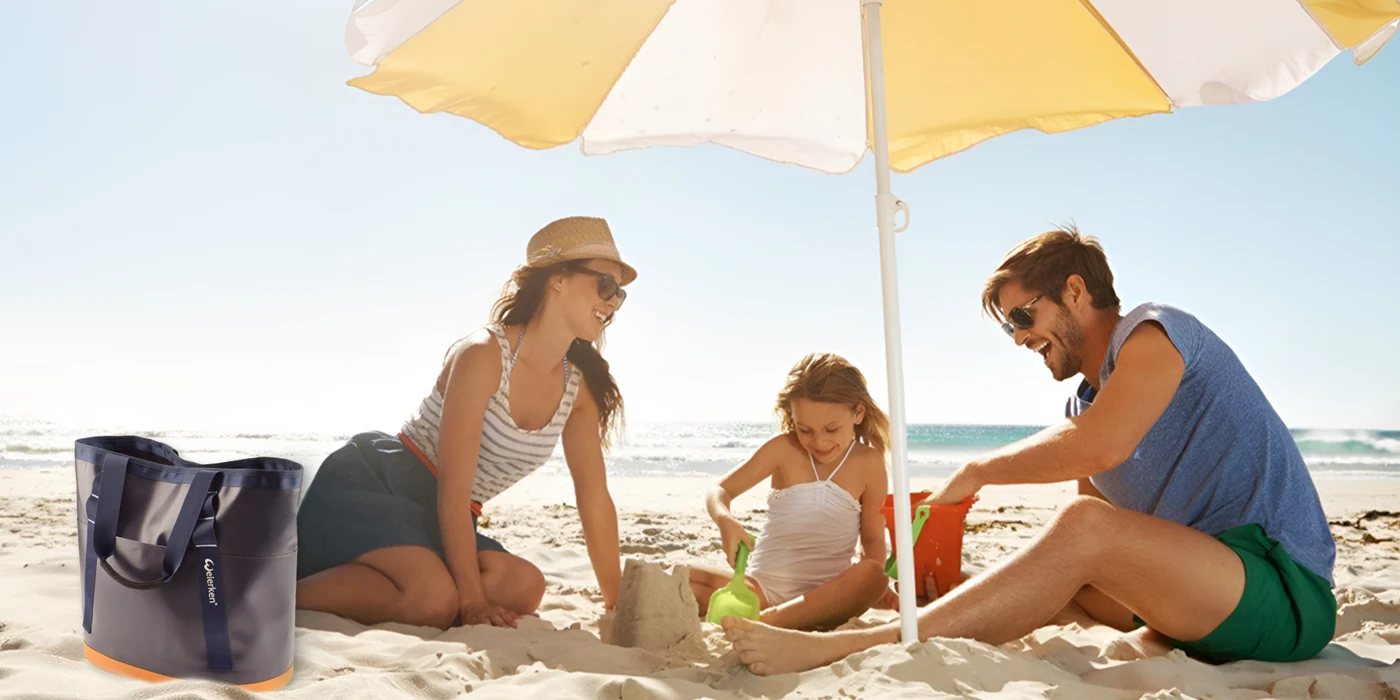If you’re responsible for sourcing or product development at an outdoor brand, you know the stakes. The right manufacturing partner doesn’t just sew bags—they become a strategic ally. They protect your margins, ensure your products are built to last, and help you navigate the complexities of global compliance. The wrong one can lead to costly recalls, delayed launches, and damage to your hard-earned brand reputation.
This isn’t about finding the cheapest Hiking Bag Supplier. It’s about finding the most capable one. This guide breaks down the non-negotiable competencies you need to evaluate, moving beyond spec sheets to the real-world factors that determine long-term partnership success.
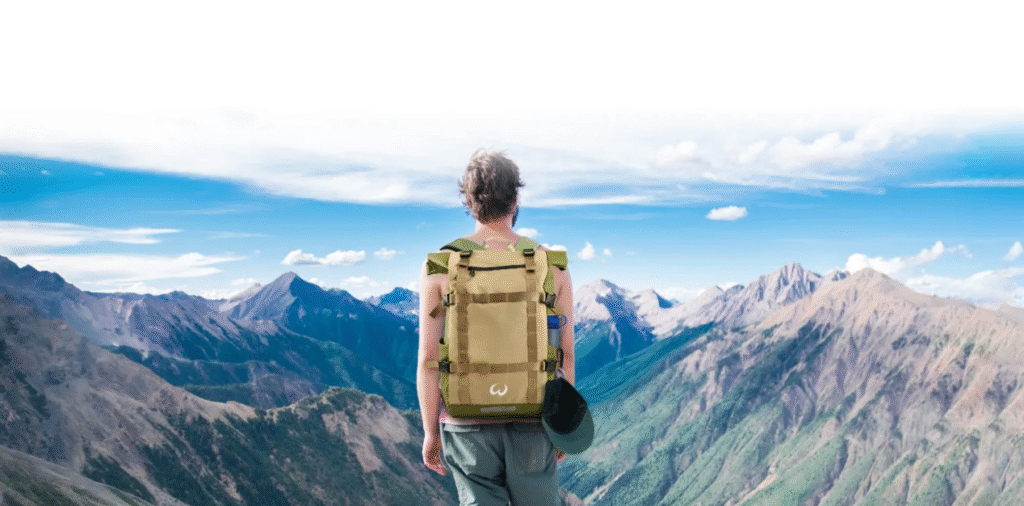
The Real Meaning of R&D: It’s More Than Just Sewing
When we talk about a manufacturer’s R&D capability, we’re really asking: Can they be an extension of my own team? A true partner brings more to the table than just production capacity; they bring problem-solving expertise and market intelligence.
Collaborative Development and Market Insight: The best manufacturers operate like design firms. They should offer robust OEM/ODM services, presenting you with a portfolio of proven platforms that can be customized. This approach dramatically shortens your time-to-market and reduces R&D overhead. They should also be a source of intel, sharing what’s working in other regions—which new materials are performing, which pocket configurations are resonating with consumers, and how to balance feature sets with target price points.
The Iterative Sampling Grind: This is where the rubber meets the road. A structured sampling iteration process is critical. Expect 2-3 rounds of prototypes, each with a specific purpose. It starts with a proof-of-concept sample, often built from off-the-shelf materials to validate the design’s form and function. The next round refines the load-bearing system and finalizes material choices. The final pre-production sample is what you’ll approve for bulk production—every stitch, zipper, and color match must be perfect. Ask if they use adjustable torso forms to scientifically fine-tune the fit of shoulder straps and hip belts before you even see a physical sample.
What Actually Makes a Hiking Bag Work: A Technical Teardown
To have an intelligent conversation with a factory, you need to speak their language. This means digging into the specifics that consumers never see but always feel.
The Suspension System: Where Engineering Meets Anatomy: This is the soul of the pack. A factory’s expertise here is what separates a commodity bag from a professional-grade one.
Shoulder Straps: Look for multi-density foam that’s contoured to guide the strap away from the neck. The top strap (load-lifter) must be anchored correctly to pull the weight inward toward the body.
Hip Belt: It’s not just a padded belt. The best ones are sculpted and pivot to sit perfectly on the iliac crest, transferring weight efficiently. A good factory will offer multiple sizes.
Internal Frame: Don’t just accept “it has a frame.” Ask what it’s made of (e.g., pre-curved 6061 aluminum stays, thermoplastic polyethylene sheet) and how it’s anchored to the bag. The goal is a frame that moves with the hiker, not against them.Materials: It’s Not Just About Denier: While Denier (D) is a useful measure of fabric thickness, it’s not the whole story. A 500D fabric from one mill can be inferior to a 400D from another. The weave, coating, and yarn quality are paramount. You’ll want a tough nylon (like 420D-600D) for the main body and a burly 1000D+ material for the high-abrasion base panel. Discuss proprietary materials like Cordura or Dyneema composites for ultra-high-performance lines. And never, ever compromise on bar-tacking at stress points—it’s the cheapest insurance policy against seam failure.
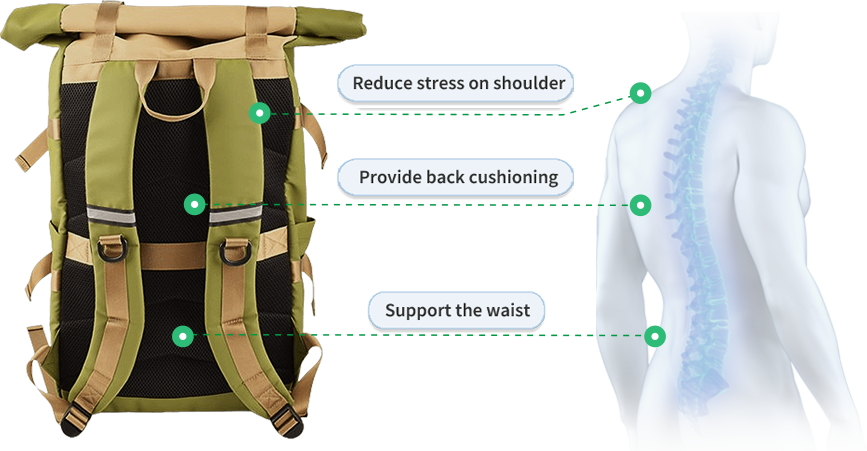
The Devil’s in the Details: Hardware: Specify YKK zippers (especially their waterproof AquaGuard line) and buckles from trusted suppliers like ITW Nexus or Duraflex. A factory that insists on using these brands is a factory that cares about your product’s lifetime durability.
Managing Your Risk: Compliance and Supply Chain Stability
In today’s landscape, your factory’s operational integrity is as important as its product integrity. This is how you sleep soundly at night.
The Compliance Paper Trail: This is non-negotiable. A BSCI audit report is your baseline proof of ethical manufacturing. For environmental compliance, REACH (for EU) and CPSIA (for US) are mandatory. But the real leaders go further.
Sustainability as a Sourcing Strategy: The demand for green products isn’t a trend; it’s a permanent shift. Your factory must be equipped to meet it. GRS (Global Recycled Standard) certification is essential for verifying the chain of custody for RPET (recycled polyester) and other recycled materials. This isn’t just good for the planet—it’s what your B2B clients and their end-consumers are demanding. ISO 9001 certification shows a systemic approach to quality, reducing the risk of defects.
The Reality of Lead Times and Flexibility: Get real numbers. A standard custom order might have a delivery cycle of 45-65 days. But what happens when you need a peak season replenishment order fast? Probe their capacity. A factory with a monthly output of 200,000-300,000 units and a dedicated line for urgent orders is a partner that can scale with you. Understand their raw material stocking strategies—do they keep common fabrics and components on hand to shave weeks off lead times?
Making It Yours: The Customization Workflow
A smooth, predictable customization process protects your brand’s visual identity.
Color and Logo Precision: The color management process should be scientific. It must be based on Pantone (PMS) codes, with physical lab-dip submissions for your approval before any fabric is cut. For logos, discuss the best application method: durable silicone printing for large areas, crisp embroidery for a premium feel, or woven labels for a classic touch.
Warranty from a B2B Perspective: The factory’s warranty to you, the brand, is a promise of their quality. A comprehensive commercial warranty against manufacturing defects is standard. A factory that confidently offers a lifetime warranty on their construction is one that stands behind its work, allowing you to confidently market that promise to your customers.
Frequently Asked Questions
A: A professional partner will typically conduct 2-3 structured sampling rounds. The first is a proof-of-concept prototype, often using substitute materials, to validate the design’s ergonomics and core functionality. The second round refines the suspension system (shoulder straps, hip belt, frame) with closer-to-final materials. The final pre-production sample is built with the exact production materials and components, serving as the gold standard for quality approval before the bulk order is cut.
A: Go beyond generic claims. Ask: “What is the density and contouring of the shoulder strap foam?” “How is the hip belt sculpted to pivot on the iliac crest?” “What specific grade of aluminum or plastic is used for the internal frame, and how is it anchored?” A capable manufacturer will provide detailed, technical answers and may even use adjustable torso forms in R&D to scientifically optimize fit and load transfer before sampling.
A: Denier is just the start. Inquire about the fabric’s weave type (e.g., ripstop), the quality of the nylon or polyester yarn, and the type of coating (e.g., PU, PVC). Most importantly, ask about abrasion resistance test results (like Martindale or Taber tests) and tear strength. A high-quality 400D fabric with a robust coating can often outperform a lower-quality 500D fabric.
A: Request valid, recent audit reports. The baseline is a BSCI report for social compliance. For environmental commitment, look for GRS certification for recycled materials, REACH compliance for chemical safety, and ISO 9001 for a certified quality management system. These documents provide third-party verification of their claims.
A: For a new custom design, a lead time of 45-65 days from final sample approval is standard. This includes material sourcing, production, and QC. Lead times can be accelerated if the factory maintains a stock of common raw materials (like standard nylons, zippers, and buckles) and has dedicated production lines for urgent orders. Discuss their “fast-track” capabilities during the initial evaluation.
Finding a True Partner, Not Just a Vendor
Choosing a hiking bag manufacturer is a deep-dive evaluation. It requires looking at technical specs, sure, but also judging cultural fit, communication clarity, and a shared commitment to quality and innovation. The goal is to find a collaborator who invests in your success as much as their own.
For teams looking for a manufacturer that checks these boxes, Weierken has built its reputation on this deep partnership model. With a focus on technical design, rigorous compliance, and transparent operations, they provide the foundation brands need to build products that perform in the wild and in the marketplace.
